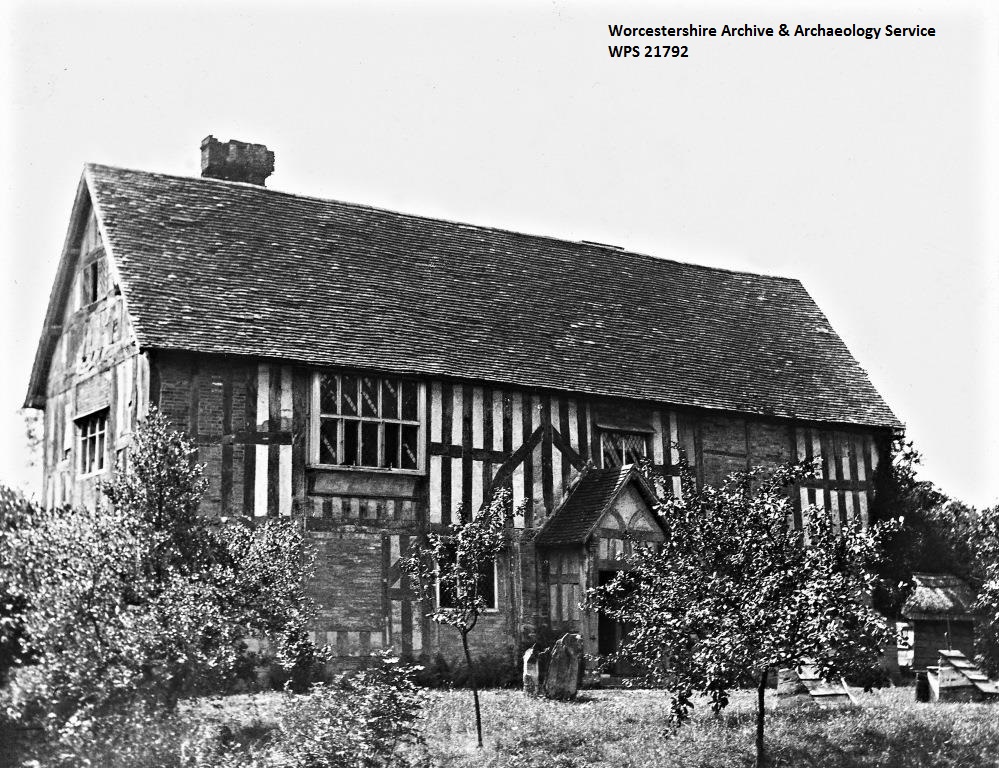Gunpowder, treason and plot and the Lytteltons
- 8th November 2013
Remember, Remember!
The fifth of November,
The Gunpowder treason and plot:
I know of no reason
Why the gunpowder treason
Should ever be forgot!
There are various versions of this traditional folk verse. This short excerpt dated c1870 is taken from the poem of the week website Habing, B (2006, November 3) The Fifth of November- English Folk Verse. The website gives the full version.
Most people know something of the story of the group of men who planned to blow up the Houses of Parliament in November 1605 and whose plot was foiled by King James I’s forces. What may not be quite so well known is the connection with Hagley Park and the Lyttelton family.
Several of the plotters escaped immediate capture in the aftermath of events at the Houses of Parliament 4-5 November 1605 and fled London. Some were subsequently killed in a shoot-out at Holbeach House in Staffordshire and some survivors were captured and tried for treason on 27 January 1606, convicted and sentenced to death. The main executions took place at Westminster on 30 and 31 January 1606.
And the connection with the Lytteltons? There are variations and interpretations of the events of 1605 and 1606 but it appears that two Lyttelton family members of the time, Humphrey and Stephen Littleton, (some say they were cousins, others uncle and nephew) were part of the wider group of conspirators/recusants who were to organise themselves into a company to reinforce a regiment to go to fight in Flanders. Humphrey was not immediately sought after the discovery of the Plot because he was not directly involved in the events in London or at Holbeach House. He did, however, give aid to two of the plotters, his relative Stephen Littleton who lived at Holbeach House and Robert Wintour, who had escaped from the Holbeach House fight, by helping them hide out for a while and acting as a go-between for them and a Jesuit priest, Father Oldcorne. Eventually the two fugitives came to hide out at Hagley House, some say at Humphrey’s invitation, while Meriel Littleton, the then owner, was away. A cook, whom Humpphrey had taken into his confidence, reported the situation to the authorities. Humphrey denied that he was harbouring the fugitives but they were caught fleeing. Humphrey himself fled, but was captured at Prestwood, Staffordshire. Humphrey was tried at Worcester convicted for harbouring Robert Wintour and Stephen Littleton and sentenced to death. His execution was stayed while his information about the names and hiding places of Jesuit priests was followed up and he was later executed at Redhill, Worcester with four others on 7 April 1606.
In amongst the papers of the Lyttelton family is the death warrant of Humphrey Lyttelton, 1606.
Death warrant of Humphrey Littleton 1606
The warrant to the Sherriff of Worcester mentions that there has been a stay of execution for ‘Humphry Littleton’, but that no reason has been found to continue this further so the execution should proceed. It is signed by Sir John Popham, Lord Chief Justice, who presided over the Gunpowder Plot trials and several of James I’s ministers of the time.
You can read more about Worcestershire’s links with the Plot on our Worcestershire and the Gunpowder Plot blog.

Huddington Court, home of the Wintour family

Very interesting. Do you have anything else on Father Edward Oldcorne?
Sorry, we missed this when you posted. We have very little original documents relating to the plot, with the arrest warrent being a rare example. Most documents relating to it, including those about Edward Oldcorne, are at The National Archives